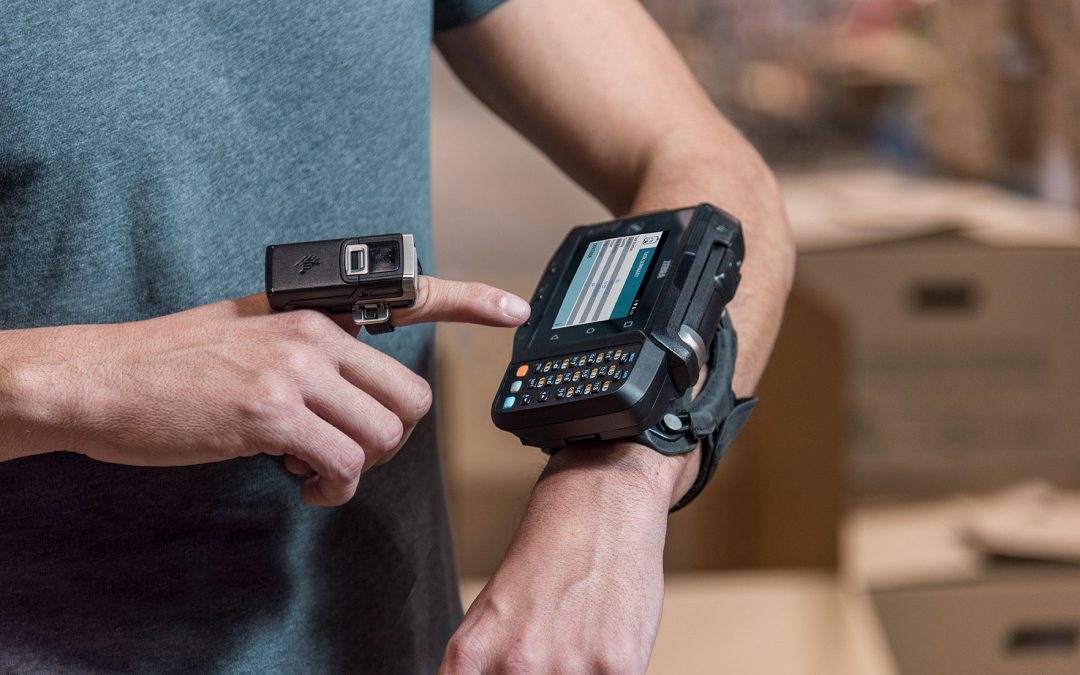In the fast-paced world of logistics and supply chain management, warehouses are constantly seeking innovative ways to streamline operations and boost productivity. One technology that has emerged as a game-changer in recent years is wearable devices. These smart, hands-free gadgets are revolutionizing the way warehouse staff work, leading to significant improvements in efficiency, accuracy, and safety.
Hands-Free Operation
One of the primary advantages of wearable technology in warehousing is the ability to work hands-free. Vision technology, wrist-mounted devices, and even ring scanners allow workers to access critical information without interrupting their workflow. This means less time fumbling with handheld devices or paperwork, and more time focused on the task at hand.
Real-Time Information Access
Wearable devices provide warehouse staff with instant access to real-time data. Whether it’s inventory levels, picking instructions, or shipping information, workers can view crucial details at a glance. This immediate access to information reduces errors and eliminates the need for frequent trips to centralized workstations.
Enhanced Navigation and Picking Efficiency
Many wearable devices incorporate augmented reality (AR) technology, which can superimpose digital information onto the physical world. In a warehouse setting, this can guide workers to the exact location of items, optimizing picking routes and reducing the time spent searching for products. Some systems can even highlight the specific items to be picked, further minimizing errors.
Improved Communication
Wearable technology facilitates seamless communication between team members and supervisors. Voice-activated headsets allow for hands-free conversations, enabling workers to collaborate effectively without pausing their tasks. This improved communication leads to faster problem-solving and more efficient coordination of warehouse activities.
Performance Tracking and Analysis
Wearable devices can collect valuable data on worker performance, including metrics like picking speed, accuracy rates, and movement patterns. This data can be analyzed to identify areas for improvement, optimize workflows, and provide targeted training to employees.
Enhanced Safety Measures
Safety is paramount in warehouse operations, and wearable technology contributes significantly to creating a safer work environment. Devices can monitor environmental conditions, alert workers to potential hazards, and even track biometric data to prevent fatigue-related accidents.
Integration with Warehouse Management Systems
Modern wearable devices integrate seamlessly with Provision WMS Warehouse Management System. This integration ensures that all activities are accurately recorded in real-time, providing a comprehensive view of warehouse operations and enabling more informed decision-making.
Conclusion
As wearable technology continues to evolve, its impact on warehousing efficiency is only set to grow. From improving picking accuracy and speed to enhancing safety and communication, these devices are transforming the way warehouses operate. By embracing wearable tech, warehouses can stay competitive in an increasingly demanding market, meeting the challenges of faster fulfillment times and ever-growing consumer expectations.
The future of warehousing is wearable, and those who adopt this technology early stand to gain a significant advantage in the logistics landscape.

